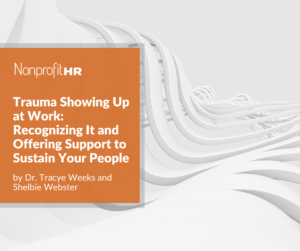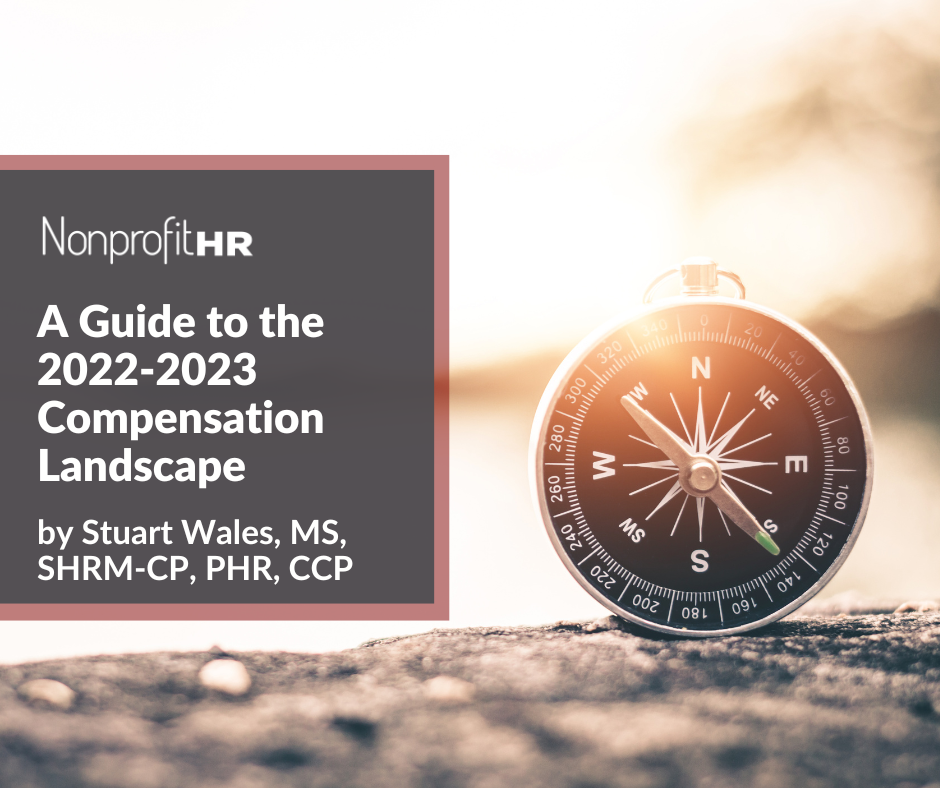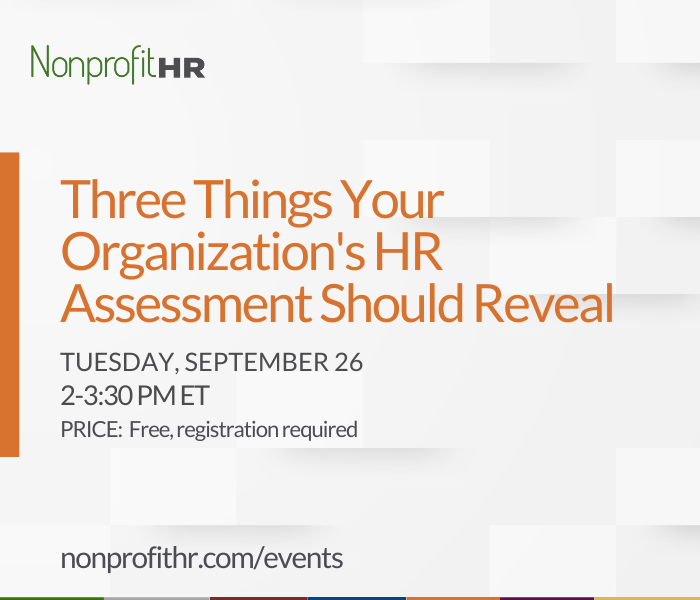WTOP: 5 ways nonprofits can…
On May 18, the Department of Labor issued their final rule to the changes in the Fair Labor Standards Act. Effective December 1, 2016 the salary threshold to be met as part of the test for exemption from overtime will increase from $23,660 to $47,476 annually. This is slightly lower than the proposed threshold of $50,440. This means that anyone who meets the duties tests for exemption from overtime must also earn this minimum salary level. The DOL also plans to update this threshold every three years versus annually as expected. The DOL did not make any changes to the standard duties test, as was feared. They did increase the threshold for highly compensated employees to $134,004 annually.
The updated regulations will benefit many employees who are perhaps misclassified as exempt and are not being paid for their overtime hours. Unfortunately, from the perspective of many organizations, the final rule does not appear to take into account the regional differences in salaries or the salaries at many nonprofits when determining the new threshold. There was also the hope of the new threshold being one with less immediate impact on organizations or at least a tiered impact.
What You Need to Do Now
If you have not done so already, your nonprofit will need to review its salaries and FLSA classifications for exempt employees. If you have employees who are classified as exempt who do not meet the new salary threshold you will need to make some decisions prior to December 1, 2016. You may choose to do one or a combination of the following:
- Increase salaries – If an employee meets the duties tests, you can increase that employee’s salary to meet the new salary threshold. This could, of course, be a costly option. You should run the numbers to determine the comparison to paying their current salary plus potential overtime pay.
- Reclassify as nonexempt and pay overtime – You may choose to reclassify those below the new salary threshold so that they are nonexempt and begin to pay them overtime for hours worked over 40 per week (or the appropriate state overtime wage). If they only occasionally work overtime this may not be a costly option. If they regularly work more than 40 hours, this may have a big impact on your nonprofit’s budget.
- Limit use of overtime – You may choose to closely monitor hours worked with the intention of avoiding overtime hours for your nonexempt staff. However, you must remember that, even if not approved in advance, overtime must still be paid to nonexempt employees. The approval process becomes a performance conversation, rather than an overtime conversation.
- Reevaluate workloads – Take this opportunity to examine the tasks and duties for those who regularly work more than 40 hours per week. Consider either shifting some work to another employee or hiring regular or contingent staff to help reallocate the load.
- Review your benefits – Some nonprofits tie level of benefits to exempt status, such as leave accruals. Be sure to review your benefits to determine if reclassifying some employees will impact their benefits. This could create more ill-will from such a change and will need to be communicated and managed well.
- Double check that your nonprofit or employees meet the criteria for exemption – While most employees of nonprofits must comply with the provisions of the FLSA, there are some that do not meet the enterprise or individual coverage tests. You should ensure that the regulations apply to you.
Also, keep in mind that while many nonprofits use volunteers regularly, employees may not volunteer time for their own organizations. They must be paid for their time.
Once you determine your course of action, it is crucial to develop a communications plan for the changes. Employees who are directly affected by this change will need to understand why they have been reclassified as nonexempt or why your organization is restricting overtime hours. As some are receiving salary increases, you will also need to ensure consistency with your compensation structure. You will also need to determine a process to address the threshold adjustments that are set to occur every three years. This could impact your budget and compensation system.
Get Prepared: Attend Our Webinar
Now is the time to begin putting plans in place to prepare for the December 1st compliance deadline. If you need help understanding the new rules and building a strategy for addressing them at your nonprofit, we encourage you to attend our upcoming webinar on the FLSA ruling on June 28th.
Learn more and register here.
More Resources
More resources for nonprofits can be found in the following DOL links.
http://blog.dol.gov/2015/08/26/non-profits-and-the-proposed-overtime-rule/
https://www.dol.gov/sites/default/files/overtime-nonprofit.pdf
You can also contact us at info@nonprofithr.com or 202-785-2060 for help determining your strategy to deal with this updated regulation.





































